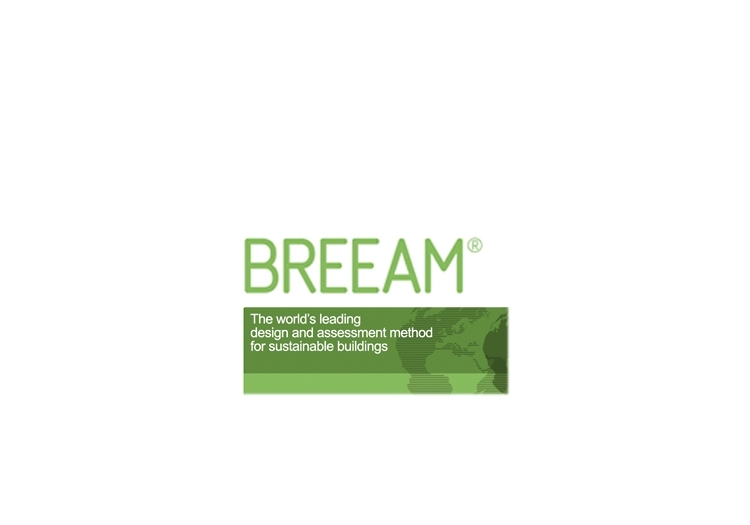
Nearly Zero-Energy Buildings
Nearly zero energy buildings use extremely low amounts of energy. The EU Energy Performance of Buildings Directive states that all new public buildings must be nearly zero energy by 2018, and all new buildings must be nearly zero energy by 2020. All EU countries must draw up national plans to increase the number of nearly zero energy buildings.
There are two ways that a building can get its energy balance to nearly zero. The first is to create nearly as much energy as they use. Most nearly zero energy buildings get nearly half of the energy they consume from the grid. However, they supply energy that is roughly equivalent to what they use back to the grid.
Nearly zero energy buildings are also as energy efficient as possible, using renewable energy whenever possible. Solar and wind energy are the most common types of renewable energy used. Daylighting, automated lighting, and fluorescent lights can help reduce energy consumption. Smart heating systems, better air tightness, energy efficient windows, and more effective insulation help contribute to nearly zero energy buildings.
Getting a building to nearly zero energy begins during the design process. The building is designed to take maximum advantage of solar energy. Breezes and using the cooler earth below the building can also help to reduce energy consumption. These buildings are usually also highly insulated.
3D building models play a large role in creating nearly zero energy buildings. They monitor how the building will perform in a wide range of situations and different design choices. This way the best choices can be made before construction begins on the building.

